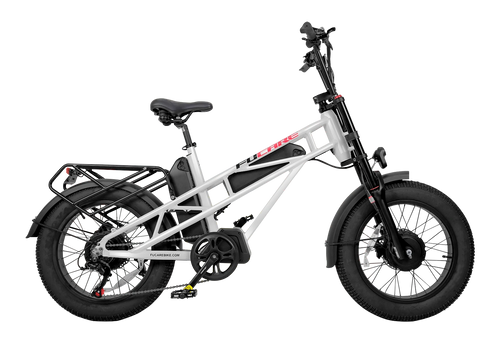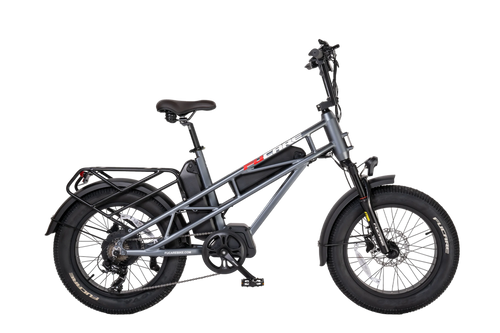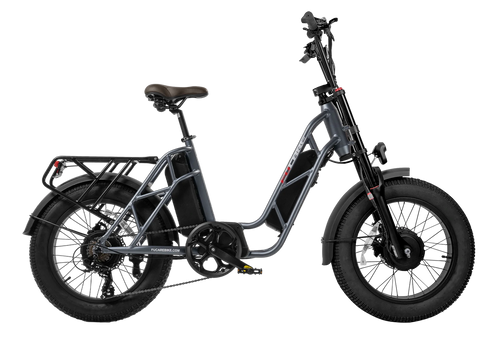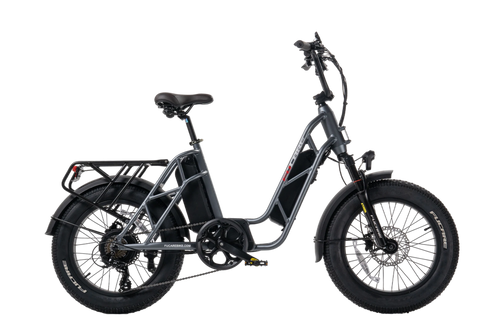How to Store Your Ebike Battery In Winter
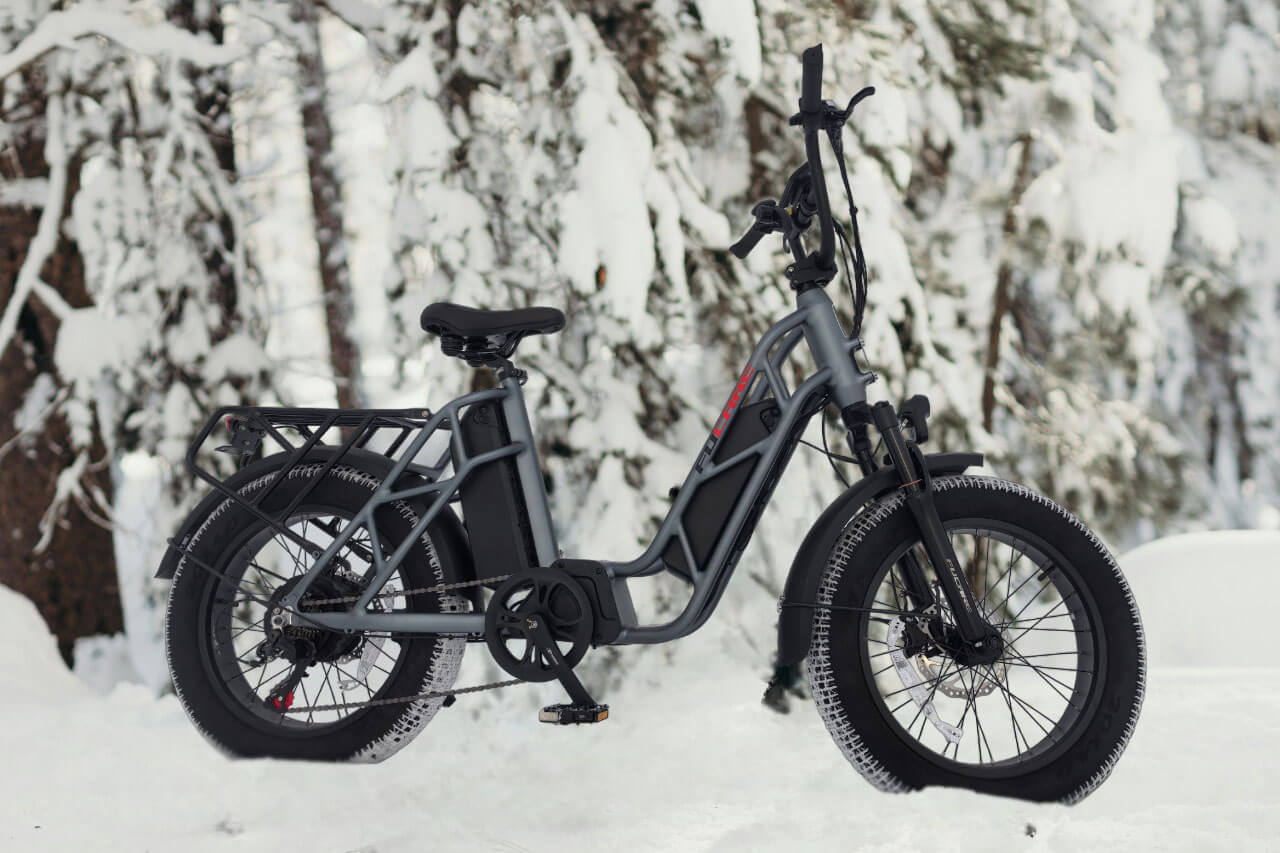
As the seasons change and the air grows colder, the time comes to store your ebike away until the spring thaws pave the way for your next cycling adventure. Proper care and storage of your ebike battery during these dormant months are crucial for maintaining its longevity and performance. This comprehensive guide will walk you through the essential steps to ensure your ebike battery is stored safely and effectively, ready to power your rides when the warmer weather returns.
Ensure Your eBike Battery Stays Warm and Dry
Safeguarding your eBike battery requires careful attention to its storage conditions. Placing it in an environment that remains consistently cool and devoid of dampness is paramount. Exposure to direct rays of the sun or environments with high humidity levels should be meticulously avoided. Lithium-ion batteries, the powerhouse behind eBikes, thrive within a specific thermal band. Temperatures as low as 32°F (0°C) and not exceeding 68°F (20°C) create the optimal conditions for these energy cells. This range ensures the intricate chemical reactions inside the battery occur under favorable conditions, thus preserving its longevity and efficiency.

When the mercury dips below or soars above this advised spectrum, the repercussions on the battery's internal chemistry can be significant. Such extremes in temperature have the potential to disrupt the delicate balance within, leading to diminished capacity or, in some cases, irreversible damage. Cold environments can cause the battery's electrolytes to become sluggish, slowing down the chemical reactions necessary for power delivery. On the flip side, excessive heat can accelerate these reactions beyond safe limits, compromising the battery's structure and functionality over time.
Preparation for Long-Term Battery Storage
Embarking on the preparation for your e-bike's hibernation requires meticulous care, especially if the hiatus extends beyond 30 days. The focal point of this preparation is ensuring the battery, remains in pristine condition and is charged appropriately.
Initiate the process by thoroughly cleaning the battery. Clean your battery with a dry or slightly damp cloth to remove dirt, mud, or grime. Inspect the battery for any signs of damage, such as cracks or bulging, which could indicate a need for repair or replacement before storage.
It's essential to store your battery at the correct charge level to prevent degradation. A charge level of around 50-70% is ideal for lithium-ion batteries. This range is enough to keep the battery in good condition without causing stress from a full charge or depletion over the winter months. Avoid storing the battery when it's fully charged or completely drained; both extremes can shorten its lifespan.
Periodic Check-Ups
Even during storage, it's a good practice to check the battery's charge level every few months. If it drops below 30%, gently recharge it to the 50-70% range. This practice helps in maintaining the battery's health and ensuring it will be ready for use when needed.
Safety Tips
- Always store your battery away from flammable materials and in a fireproof container if possible. While lithium-ion batteries are generally safe, they can pose a fire risk if damaged or improperly handled.
- Use only the charger provided by your ebike's manufacturer to avoid damaging the battery. Incorrect charging practices can significantly reduce a battery's lifespan and pose safety risks.
Riding Your Ebike During The Winter?

Fucare e-bikes come with wide 20x4-inch tires, boosting both stability and grip. This means you can enjoy smoother rides, even on bumpy roads or in bad weather, making them great for winter commuting.
Remember to clean your ebike regularly in winter to avoid damage from road salt and other debris. Pay extra attention to the motor and electronics, and clean gently but thoroughly.
The cold affects lithium-ion batteries, which are common in e-bikes. In cold weather, battery life can drop significantly, sometimes by half. However, this is only temporary, and battery performance improves when it gets warmer. Keep your battery warm and only attach it to your bike right before you head out to help maintain its charge.
Adopting safe riding practices is paramount to ensuring your well-being while enjoying your e-bike in winter. It's essential to ride only in conditions where you feel confident of maintaining control. Your safety should always be your foremost concern, and on occasions where the weather turns particularly treacherous, opting for an alternative mode of transport might be the prudent choice.
Lastly, a bit of preparation can go a long way in guaranteeing a pleasant and safe riding experience during the colder months. Before embarking on a longer expedition, it's wise to conduct a brief test ride to assess the bike's condition. This includes checking that the battery is fully charged and verifying the functionality of the brakes and gears. Such precautions ensure that your e-bike is perfectly tuned to tackle the challenges of winter riding, offering you peace of mind as you explore the frosty outdoors.
Preparing for Spring

Initiating the revival of your e-bike from its winter hiatus starts with a full battery recharge. After months of storage, the battery, the heart of your e-bike, requires rejuvenation. Charging it to its maximum capacity not only revitalizes it from its slumber but also sets the stage for peak performance. This step is essential, as it breathes life back into the electrical system, ensuring that your first ride is smooth and uninterrupted.
Following the battery's revival, a comprehensive safety inspection is paramount. This process involves a detailed examination of several key components. Begin with the brakes; they are your primary safety feature. Test them for responsiveness and ensure the brake pads are neither worn nor damaged. Next, turn your attention to the tires. They should be free from cracks, have no signs of excessive wear, and be inflated to the recommended pressure. This is crucial for maintaining traction and control.
Ensuring that all components are in prime condition and that nothing has become loose or detached during the months of storage is critical. This diligence guarantees that your e-bike will provide a safe, enjoyable, and reliable mode of transportation through the blooming landscapes of spring.
FAQ on E-Bike Battery Care in Winter
Why is it important to keep an e-bike battery warm in winter?
Cold temperatures reduce an e-bike battery's efficiency and range due to slower chemical reactions. Keeping it warm ensures optimal performance and prevents damage, prolonging the battery's life.
How can I keep my e-bike battery warm in cold weather?
To keep your e-bike battery warm, store it indoors, use an insulated battery cover, warm it up before charging, start your ride at a lower power, and maintain a partial charge when not in use.
Conclusion
Proper winter storage of your ebike battery is not just about prolonging its life; it's about ensuring your ebike is ready to perform at its best when you are. By following the guidelines outlined above, you can protect your investment and enjoy seamless, worry-free rides for many seasons to come. Remember, taking the time to care for your ebike battery during the off-season is a small effort that pays off in significant returns, ensuring your ebike remains a reliable and enjoyable mode of transportation and recreation.
Continue reading

10 Tips to Extend Your EBike Battery Life





